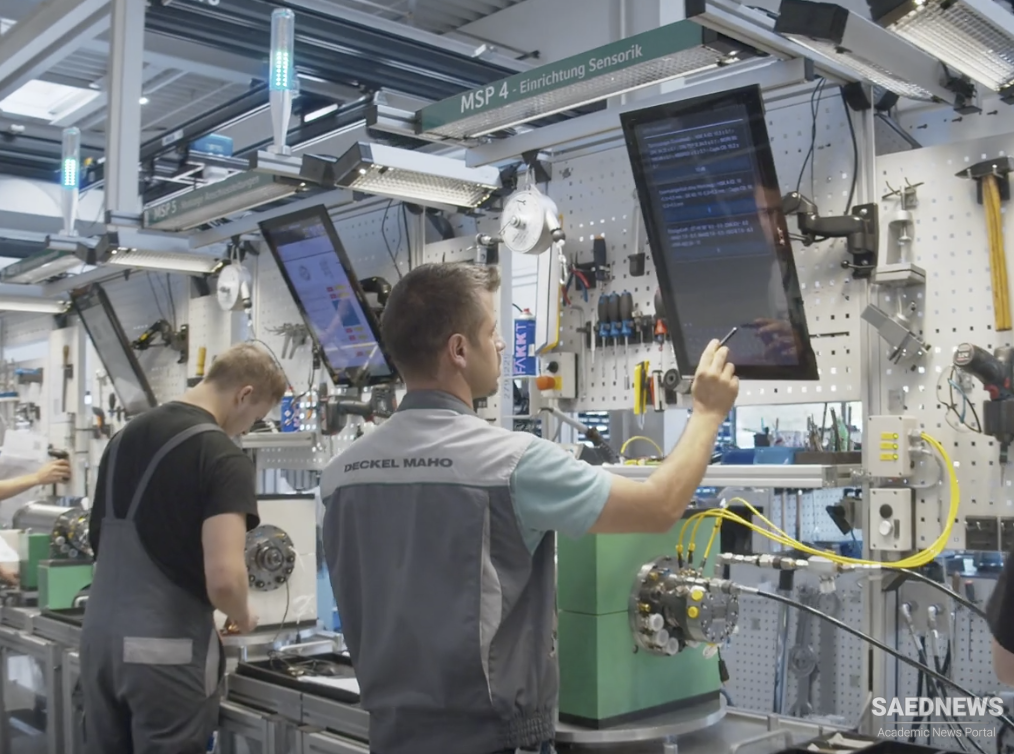In addition to an increasing reliance on science and technology and a shift toward information processing rather than industrial processing, there has been in recent years a shift from the standardized mass production and vertically integrated large-scale organization of the Ford era to flexible customized production and horizontal networks of economic units. In order to be able to develop, interpret, and make use of new information and knowledge as quickly and flexibly as possible, new “post-Fordist” management techniques are used that emphasize a flattened hierarchy, multiskilled labor, team-based work, and just-in-time production and distribution. Whereas the typical firm of the early twentieth century was the auto plant, with rows of assembly line workers doing a single task under orders from above, the paradigmatic firm of the early twenty-first century is the software engineering company, with teams of multiskilled employees grouping and regrouping to take on complex tasks. Indeed, this type of reorganization has even changed the automobile industry, with Toyota plants now comprising teams of multifunctional specialists rather than individual assembly line workers. Changes in work relations and production processes do not imply by any means that workplace oppression or inequalities have ended; indeed, the new economy has weakened trade unions, increased the amount of part-time work, and placed many employees on almost twenty-four-hour demand. However, employeremployee relations and employee-employee relations have taken on new forms.


 Digital World, Economic Growth and Technological Advancement
Digital World, Economic Growth and Technological Advancement














































